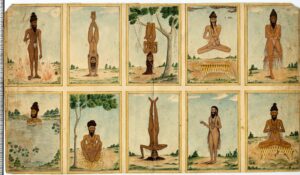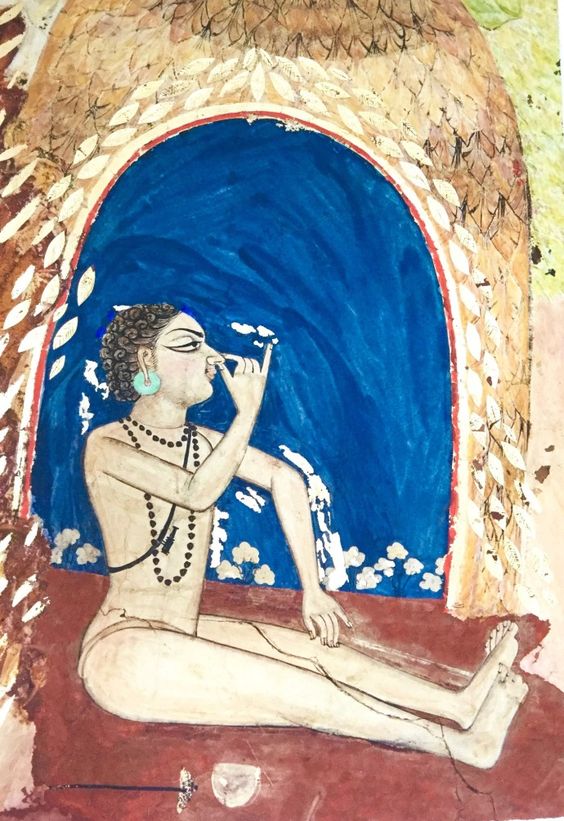Yoga

The Timeless Wisdom of Traditional Yoga
Traditional yoga has deep roots in the history and philosophy of India, evolving over centuries to promote physical, mental, and spiritual well-being. Yoga is more than just physical exercise; it is a path to self-awareness and inner peace. The traditional form of yoga extends far beyond a series of physical postures, or "asanas," and also includes breathing exercises, meditation, and ethical principles to promote balance and harmony in body and mind.
In the traditional yoga tradition, the focus lies on uniting body, mind, and soul. It's not just about stretching muscles or strengthening the body, but also about cultivating awareness, presence, and compassion. Through regular practice of yoga, we learn to observe our thoughts, feelings, and reactions without judgment. This liberates us from the mental and emotional baggage that can limit our experience of life.
In traditional yoga, the breath holds central importance. By consciously regulating our breath, we can calm our minds and establish a stronger connection between body and mind. Breathing exercises, or "pranayama," help balance our energy channels and increase our life force, or "prana." Meditation is another crucial aspect of traditional yoga. By quieting the mind and deepening our awareness, we can achieve a sense of inner peace and clarity. Meditation helps us release stress and anxiety, and experience a deeper connection to ourselves and the world around us
PranaYama
Pranayama is one of the components of traditional yoga and focuses on controlling the breath to balance the body and mind. The Sanskrit term "pranayama" is a combination of "prana," meaning life energy or vital force, and "ayama," meaning control or expansion. By becoming familiar with one's energy system, one can learn to consciously regulate the breath to promote well-being and inner balance.
One of the fundamental principles of pranayama is that the breath is a link between the body and the mind and is infinitely more than just oxygen. By consciously manipulating the breath, we can influence our entire energy system and create changes in our emotional and mental state.
There are various pranayama techniques that can be adapted to individual needs and goals. The benefits of regular pranayama extend beyond physical well-being. Pranayama improves lung capacity and oxygenation, reduces stress and anxiety in the body, but from a yogic perspective, it does infinitely more. Pranayama creates mental clarity beyond time and space.
By maintaining awareness of our breath throughout the day, we can integrate pranayama into our daily lives and benefit from its healing and harmonizing power.
Learning different pranayama techniques takes time and requires patience. However, like with anything else, the more you practice, the deeper your understanding and mastery of the techniques will become. Although initially challenging and perhaps even tedious to sit still and focus on your breath, the reward is worthwhile. Many people find that once they master the techniques, their mind quiets down and their body enters a deeply calming state that they strive to experience more of. So, despite the initial challenge, it's worth continuing to practice to achieve the daily rejuvenation and peace that pranayama can offer.
Pranayama groups for those who have been meditating for a while and are “somewhat familiar” with their breath are regularly offered via Zoom. Marie also provides individual guidance for both private individuals and companies, at both beginner and advanced levels. Send an email with your inquiry to: marie@ayurvedaflow.se

